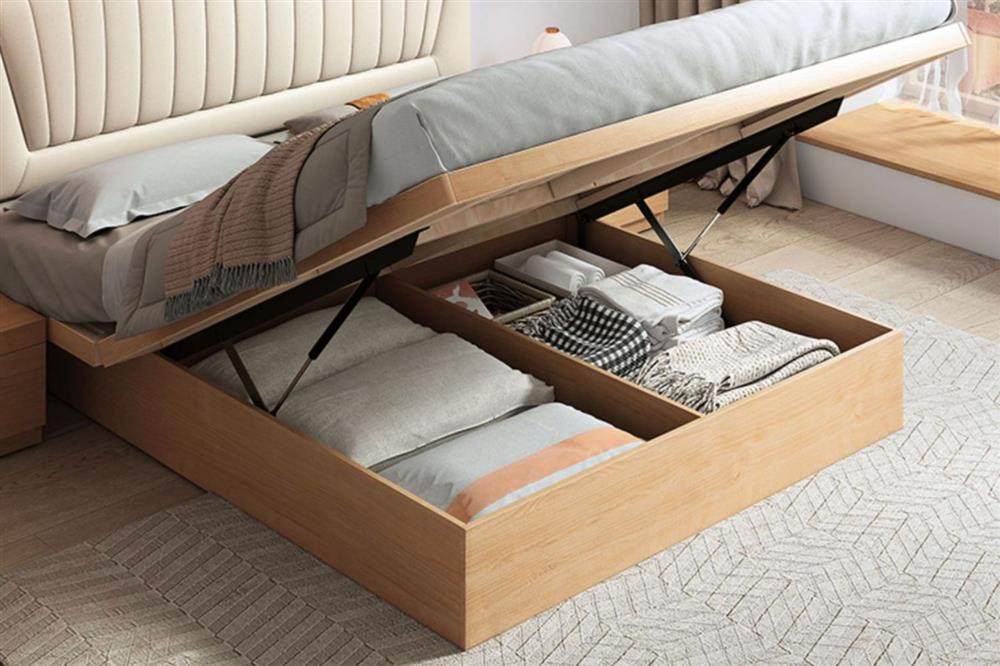 In the hustle and bustle of modern life, finding moments of tranquility and peace is essential for our well-being. A Zen-inspired space at home can serve as a sanctuary, providing a calm and serene retreat from the outside world. One of the key elements in designing such a space is minimalist furniture. With its focus on simplicity, clean lines, and uncluttered aesthetics, minimalist furniture plays a pivotal role in creating a Zen ambiance. In this article, we will explore the principles of minimalist furniture and discover how it can transform your home into a haven of tranquility.
In the hustle and bustle of modern life, finding moments of tranquility and peace is essential for our well-being. A Zen-inspired space at home can serve as a sanctuary, providing a calm and serene retreat from the outside world. One of the key elements in designing such a space is minimalist furniture. With its focus on simplicity, clean lines, and uncluttered aesthetics, minimalist furniture plays a pivotal role in creating a Zen ambiance. In this article, we will explore the principles of minimalist furniture and discover how it can transform your home into a haven of tranquility.
Embrace Simplicity in Design
Minimalist furniture is characterised by its simplicity and lack of unnecessary embellishments. When incorporating minimalist pieces into your home, opt for clean lines and smooth surfaces. Look for furniture with uncomplicated shapes, as these contribute to a sense of calm and orderliness in the space.
For example, a minimalist sofa with straight lines and no ornate details instantly exudes a sense of understated elegance. A dining table with a sleek, unadorned surface and slender legs creates an inviting atmosphere, encouraging mindful meals and conversations.
Focus on Functionality
A key tenet of minimalist furniture is its focus on functionality. Every piece serves a purpose and has a clear function, eliminating any clutter or excess in the design. When choosing furniture for your Zen space, consider its practicality and how it fits into your daily life.
Invest in pieces with built-in storage to keep your space organised and uncluttered. A minimalist bed frame with hidden drawers or a coffee table with discreet shelves can be invaluable in maintaining a serene environment.
Neutral Colour Palette
Neutral colours play a significant role in minimalist design, as they create a sense of harmony and balance. Incorporate a soothing colour palette consisting of whites, creams, beiges, and soft greys. These colours not only promote a calm ambiance but also allow other elements, such as plants or artwork, to stand out more prominently.
For example, a minimalist entertainment unit in a muted grey tone complements the overall Zen atmosphere and enhances the focus on relaxation and mindfulness.
Optimise Open Space
A hallmark of minimalist furniture is its ability to optimise open space. Leave breathing room around each piece to give your home a sense of airiness and freedom. Avoid overcrowding the space with furniture, and opt for multi-functional pieces that can serve multiple purposes without occupying excessive space.
A simple, floating minimalist shelf can provide storage and display space while maintaining a light and uncluttered feel to the room.
Natural Materials
Incorporating natural materials is a crucial aspect of achieving a Zen ambiance with minimalist furniture. Wood, in its natural state, is a popular choice, as it brings warmth and organic beauty to the space. Unfinished or lightly finished wood adds to the simplicity and authenticity of the design.
Consider a minimalist coffee table crafted from reclaimed wood or a dresser with a smooth, natural wood finish to infuse your space with a touch of nature.
Creating a Zen space with minimalist furniture is about embracing simplicity, functionality, and natural beauty. By opting for clean lines, neutral colours, and uncluttered designs, you can transform your home into a calm and serene retreat. Minimalist furniture encourages mindful living and enables you to appreciate the beauty in simplicity. As you incorporate these principles into your home, you'll find yourself drawn to the peacefulness of your surroundings, allowing you to unwind, relax, and rejuvenate in your own private sanctuary.
Check our product to make your own Zen space!




.jpg)



.jpg)


.jpeg)